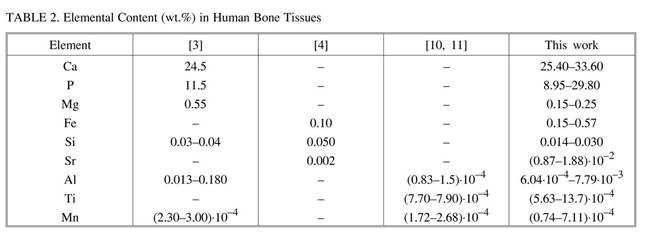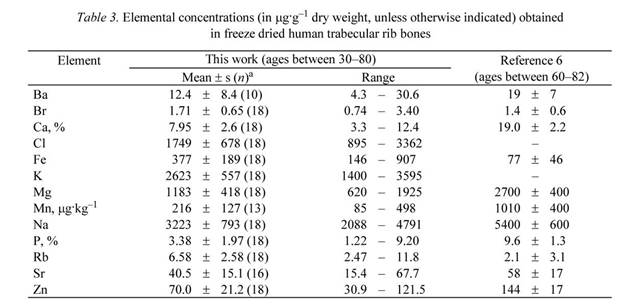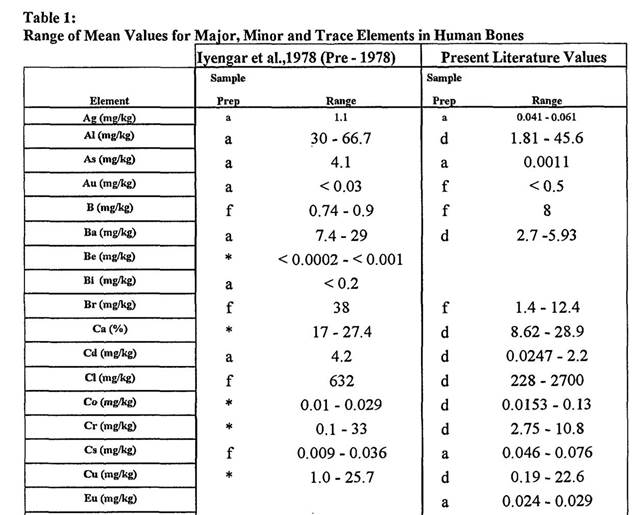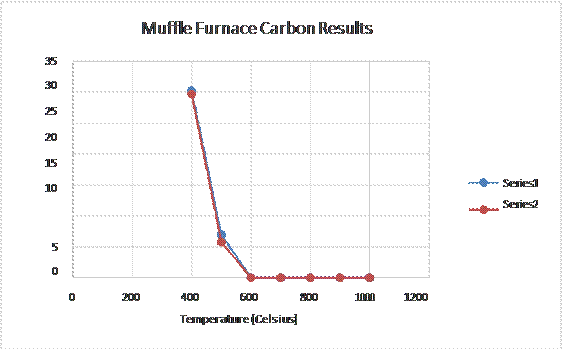Investigation of Claims by Eterneva Ashes to Diamonds
Purpose of Investigation
In Episode 3 of Season 11 of ABC’s Shark Tank television program, Eterneva appeared in an effort to raise money and gain a partnership for their cremation diamond producing company. Shark Tank member, Mark Cuban, completed a deal with the owners of Eterneva. Based on my previous report: Cremation Diamond Fraud Report, first published in 2018 and updated in 2020, I have been asked by consumers and the diamond industry to investigate specific claims made by Eterneva in the Shark Tank broadcast and the Eterneva website.
Promotions and Advertising
From their very first archived website page, Eterneva has demonstrated an aggressive effort to impact clients at their most vulnerable moments; the death of a loved one. Throughout their history, Eterneva has made claims of being able to ease the pain of a grief-stricken loved one. From the Eterneva promotion materials:
“We’ve created a grief changing journey” Eterneva Co-founder Adelle Archer
Additionally, Eterneva works to gain the trust of grief-stricken people by offering celebratory support for the lost loved one:
“We are in the business of celebrating remarkable people.” Adelle Archer
Unfortunately, starting from their beginning, Eterneva has made outlandish claims that boggle the mind of anyone who understands diamond creation:
“Eterneva can purify your loved one’s ashes until just carbon remains, and grow a stunning diamond structured by their DNA.” Eterneva website, June 2018.
Under no circumstances does human DNA have any part in the lab creation of a diamond. However, this statement serves to pull at the heart-strings of bereaved loved ones at the time of loss, giving them the false expectation that their Eterneva diamond will be structured by the lost loved one’s DNA.
This was a blatantly false claim that served no other purpose than to entice potential customers into thinking that an Eterneva cremation diamond would be something more than just a lab- created diamond.
Today, the Eterneva website uses keywords and phrases that are obviously intended to continue this effort to entice new customers with the hope that their lost loved ones will somehow always be a part of their lives through the Eterneva diamond:
“This is for an unforgettable connection in your life. Someone who deserves fireworks, a million floating lanterns, and their name written in the stars. When these people leave us physically, we need a positive way to keep them close to us. At Eterneva, we help you celebrate your remarkable loved one by turning their ashes into a diamond.”
“Design a diamond that uniquely tells your loved one’s story. Choose a color that reminds you of their eyes or that represents their one-in-a-million personality.”
Eterneva Website 2019
While the concept is admirable, the facts do not support the claims made by Eterneva’s advertising and promotion. Getting past the façade of promotions that play purely on emotions, the scientific claims made by Eterneva prove to be the undoing of their presentation, just as has happened with all other companies claiming to offer diamonds from cremation ashes.
Scientific Claims by Eterneva
It came as no surprise that the majority of published research on the extraction of carbon from cremation ashes comes from the various cremation diamond companies. Regardless of the home location of the company, the claims as to how these cremation diamonds are generated are virtually identical from company to company. There is even a patent in China, CN101171987A, that makes virtually the same claims as patents held by LifeGem in the United States. The interesting part of this is that all of these scientific claims point to the published research of each other to substantiate their own marketing claims. It is a vicious cycle of misinformation based on the concept of “repeat the story enough times, and it will be believed by the masses.” Eterneva is no exception.
The crux of the Eterneva scientific protocol for producing lab-created diamonds is by extracting carbon from the loved ones cremated ashes or hair:
“What we do is grow real diamonds from the carbon in someone’s ashes.” “We extract carbon from a half cup of ashes or hair.”
Eterneva Co-Founder Garrett Ozar
To do this, they claim to use ½ cup of cremated ashes to extract enough carbon to produce a lab- created diamond. They specifically claim to extract carbon from the ashes:
“First, we purify the ashes into carbon.” Adelle Archer
It is at this step that the claims by Eterneva significantly divert from independent scientific research by well-respected researchers. We will take the next few steps, one at a time and compare to independent research.
It must be noted that prior to my 2018 report on the cremation diamond issue that proved no carbon exists in cremation ashes, all of the companies involved claimed to produce diamonds from carbon extracted only from ashes. After that report, the companies suddenly added “or hair” to their promotional material. We will deal with that issue shortly. For now, we will deal with Eterneva’s claim regarding their ability to extract carbon from cremated ashes.
Eterneva Statement:
“During this phase we’re isolating the carbon from all the other elements found in ashes or hair. While much of the elemental carbon burns off during cremation, there still remains carbon in bones called carbonates, which is the carbon we’re isolating from all other elements. 0.5-4% of remains are made up of carbon and it takes us many weeks of work to purify and extract it.” Eterneva Website
Scientific Facts
To confirm if carbon exists in human bone ashes (which is all that is left in cremation ashes) we will first look at the elemental structure of dry and living human bone before cremation. For this, I first looked to the following research for dry bone material, that is bone without living material on the bone:
DETERMINATION OF THE ELEMENTAL COMPOSITION OF HUMAN BONE TISSUE BY ATOMIC
EMISSION SPECTRAL ANALYSIS, Journal of Applied Spectroscopy, Vol. 78, No. 1, March 2011

Clearly, there is no carbon (C) listed in this spectral analysis of dry human bone. Therefore I researched deeper into other research on the elemental composition of human bone with the Journal of Radioanalytical and Nuclear Chemistry.
Trace element determinations in human cortical and trabecular bones,
Journal of Radioanalytical and Nuclear Chemistry, Vol. 264, No. 1 (2005) 5-8

Once again, carbon did not show up as a constituent in this study of dry human bone. The search continued. This time with a report published by the International Atomic Energy Commission, seen on the following page
MINOR AND TRACE ELEMENTS IN HUMAN BONES AND TEETH, G.V. Iyengar and L.
Tandon, International Atomic Energy Commission, Vienna 1999

Once again, an independent scientific investigation of dry human bone produces an array of elements, a partial list seen above from this research, but no results for carbon.
This leads to the question of how much carbon is present in living bone? For that, I turned to a report by Dr. Barry Gehm, Asst. Prof. Of Chemistry/Biochemistry, Michigan State University:
“Living bone is 10–20 % water. Of the dry weight, 30–40% is organic material, mostly protein, which in turn are roughly 50% carbon. So bone is roughly 15% carbon by weight…” Dr. Barry Gehm
This report explained why we do not have carbon in the above elemental studies of dry bone with no living tissue. Living human bone is roughly 15% carbon. Dry bone is without carbon.
To further confirm the above regarding dry bone -v- living bone, I turned to Dr. Christopher S. Baird of Texas A&M University:
“Bone mineral is indeed an inorganic, crystalline, solid with a single chemical formula and therefore qualifies as a genuine mineral. The mineral in your bones is called hydroxyapatite and has the chemical formula Ca5(PO4)3(OH).”
Does the human body contain minerals?, October 8, 2014
We have now established that living bone has carbon, dry bone mineral is without carbon, except in possible trace elements that are below detection levels of the previous studies. Overall, the carbon in bones is in living tissue.
The next question is: What happens to this living tissue carbon during the cremation process?
For this answer, I turned to the University of Montana:
“Determining the Presence of Remains Using the Chemical Composition of Burned Cadaver Ash” ScholarWorks at University of Montana, Megan J. Richardson, 2017
This study explored the loss of carbon and other elements during a burning process of a human body “by cremation or disasters.” With the controls on the use of human bodies, the study was based on the cadavers of pigs in controlled burn environments. The findings are as follows:
“Carbon and nitrogen are essentially burned off when 600⁰C (1,112 degrees F) is reached. Almost half of each C and N are volatilized at 400⁰C”. (752 F) page 3 Megan J. Richardson

Finally, this research outlines the stages a body goes through during the burn process. While all of the soft tissue is completely lost in the cremation process, the bone goes through burn stages. The final stage, when the bones turn white is due to calcination when all but the basic chemical structure of the bone is left. All of the carbon has either been burned or escaped as gas:
“During calcination, the carbon bonds with oxygen to form carbon monoxide or carbon dioxide, leaving only the hydroxyapatite making up the shape of the bone.” Page 6 Megan J. Richardson
Clearly, based on independent scientific research, living human bones contain carbon due to the living tissue. However, during the cremation process, all of this carbon is either lost to the furnace fire or turned into gas that escapes through the cremation furnace vents. Based on the above study from the University of Montana, carbon starts to escape at only 752 degrees F and is gone at 1115 degrees F. Cremation ovens are reported to burn in the 1600 – 1800 degrees F range, far above the reported loss temperature for all carbon from a burning body.
Simply stated, there is no carbon left in cremation ashes unless the body is only partially cremated, something no cremation company will do.
Applying this research to Eterneva
As a result of the above, we have to review the statement from the Eterneva website:
“0.5-4% of remains are made up of carbon and it takes us many weeks of work to purify and extract it.” Eterneva website
Based on independent scientific studies and research, Eterneva’s numbers are inaccurate, and their claims are impossible since no carbon exists after cremation.
This creates one more question:
What is Eterneva really using to make the diamonds they claim to contain the carbon from their customer’s loved one’s ashes?
This raises serious questions regarding all claims being made by Eterneva, and all cremation diamond companies. Since these independent studies and research reports indeed prove that no carbon remains after cremation, what are all of these cremation diamond companies using to produce their diamonds? Certainly not ashes from deceased loved ones.
If ashes are out, it is understandable that they keep hair as a backup. But what about the process of extracting carbon from human hair?
The Issue of Carbon from Hair
The biggest problem with claims of using human hair is the same as the problem of human ashes. The cremation diamond companies have been proven to falsify their claimed extraction of carbon from ashes. What evidence exists that makes their claim of human hair extraction any more credible? After all, if the cremation diamond companies will lie about getting carbon from ashes, what viable evidence exists to prove otherwise for hair. Certainly human hair is approximately 45% carbon, according to several sources. It is not an issue of carbon existing in human hair; it is an issue of whether the cremation diamond companies are actually extracting that carbon.
The matter is made highly convoluted due to the process required to extract carbon from hair. A Chinese patent exists for the process, and I will include just 3 of the steps of the process below as translated by Google:
CN105296959A Method for synthesizing diamond by using human body hair as carbon source:
- The first step, after grinding the extruded human hair human hair thin rods, thin rods having a diameter of 0.5-1.5mm, No length;
- The second step, thin rod is placed human hair arc anode, the arc anode hollow shape; hydrogen from the hydrogen tank is placed into the arc in the metal of the cathode chamber (DC arc discharge chamber); using hydrogen gas into the arc discharge into a hydrogen plasma, so that the body hair pins (or called electrode human hair) vaporized into a gas mixture (containing hydrocarbons, nitrogen-hydrogen compounds, sulfur compounds, water vapor and other components), the gasification process conditions: hydrogen flow rate of 450 ~ 600ml / min, pressure 7kPa-100kPa, the voltage range of 30 ~ 150V, the discharge current is 50 ~ 120A, from the arc anode and an arc cathode is l ~ 5mm, human hair thin rods (or human hair electrode) is advancing speed of l ~ 2mm / s;
- The third step, using a gas purification unit (or gas purification equipment) a gas mixture of nitrogen hydride, sulfide, water vapor and other gases to remove impurities, to obtain a purity of 99.999% by volume hydrocarbon gas;
Given what we know about the cremation diamond companies chicanery in their cremation ashes claims, it is difficult to think these companies are actually following any kind of process as seen above to extract carbon from human hair. To date, not one company, including Eterneva, has been willing to talk about their process for extracting carbon from human hair. The only comment on the latest Shark Tank appearance by Eterneva was that it is a “high heat process,” and then the issue was dropped.
As usual, the cremation diamond companies hide behind the concept of “proprietary” processes. This is also a way to hide misrepresentations due to the lack of any kind of processes.
Conclusion
After reviewing the above independent scientific research, and comparing these to claims made by Eterneva, there is obviously one side or the other not telling the truth. Either the research published by the scientific journals and university presses are incorrect, or else the claims by Eterneva are false, and many people are getting ripped off by this company.
Claiming to get enough carbon from a “half cup” of cremation ashes flies totally in the face of the scientific research reports.
Given this fact, claims by Eterneva of extracting carbon from ashes or hair must be approached with a significant amount of caution until Eterneva proves their ability to do so.
I find it infuriating to read things like:
“We’ve created a grief changing journey” Eterneva Co-founder Adelle Archer
“We are in the business of celebrating remarkable people.” Adelle Archer
“Eterneva can purify your loved one’s ashes until just carbon remains, and grow a
stunning diamond structured by their DNA.” Eterneva website, June 2018.
It is obvious to me that these are lies being told by Eterneva (and all cremation diamond companies) to grieving people who have lost a dear loved one and are desperate to hang on to their memory. Playing on the grief-stricken to create hugely profitable revenue streams, based on deceptive trade practices, is deplorable.
I urge all consumers to seriously consider the claims by all cremation diamond companies in general, and Eterneva in specific.
Cremation diamonds are a very cruel hoax, based on my research and in my opinion. The science speaks for itself.
Robert James FGA, GG
Global Claims Associates Independent Insurance Adjusters and SIU Investigations
Texas Department of Insurance Property and Casualty Adjuster License #1300433
Member: National Association of Independent Insurance Adjusters